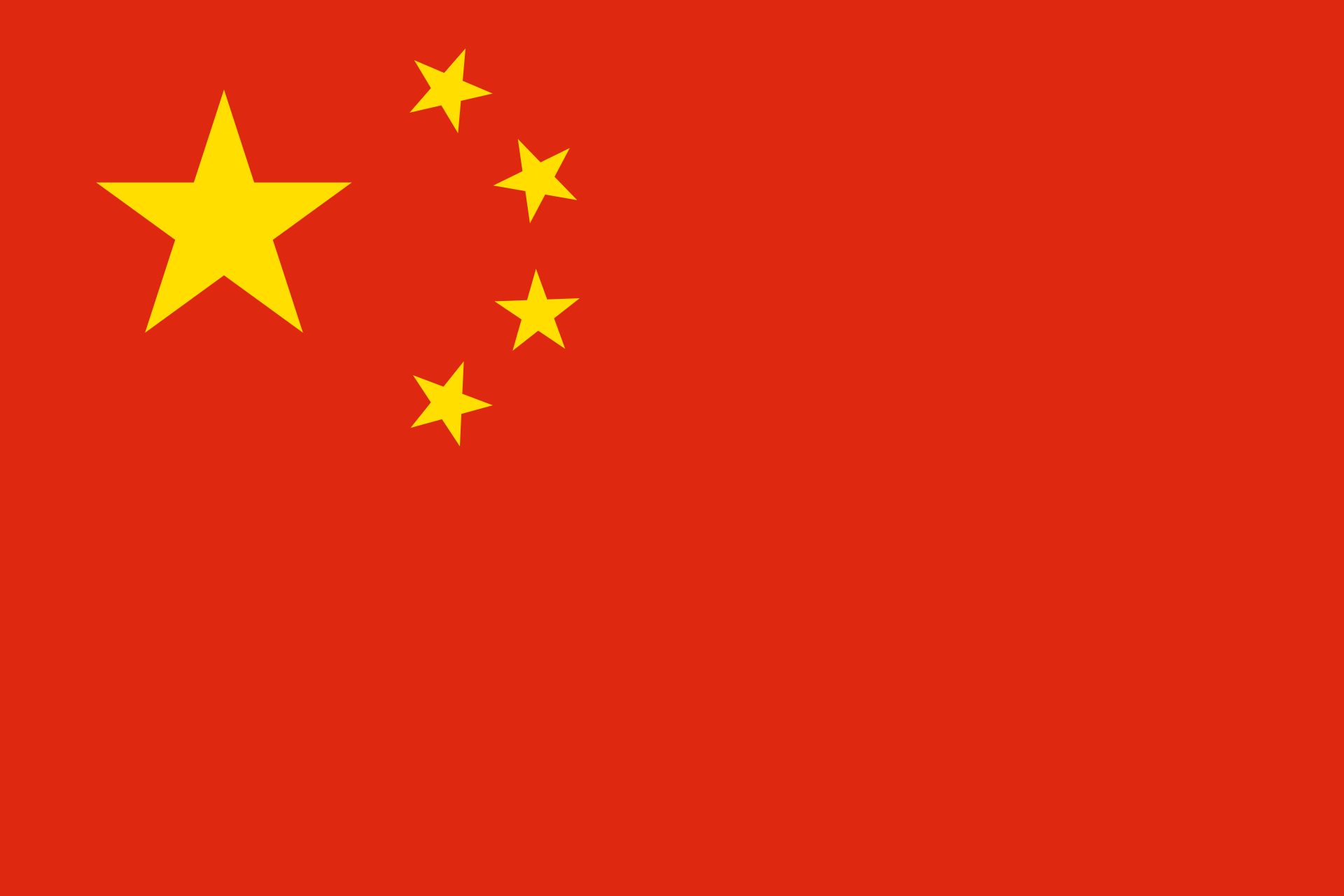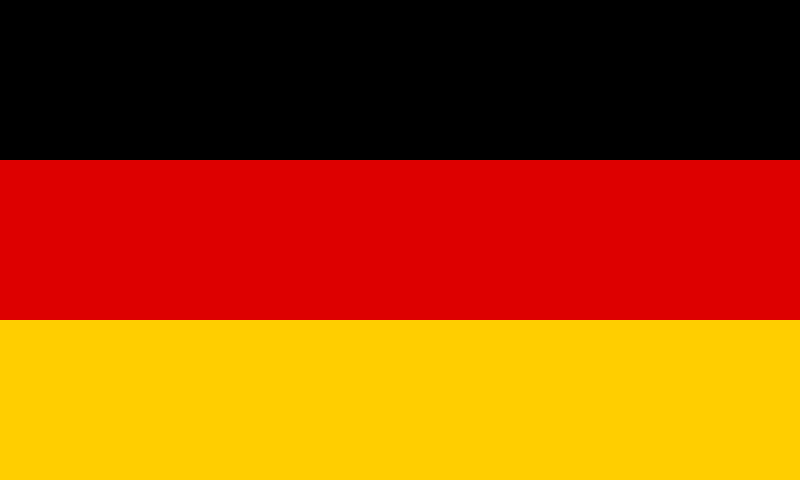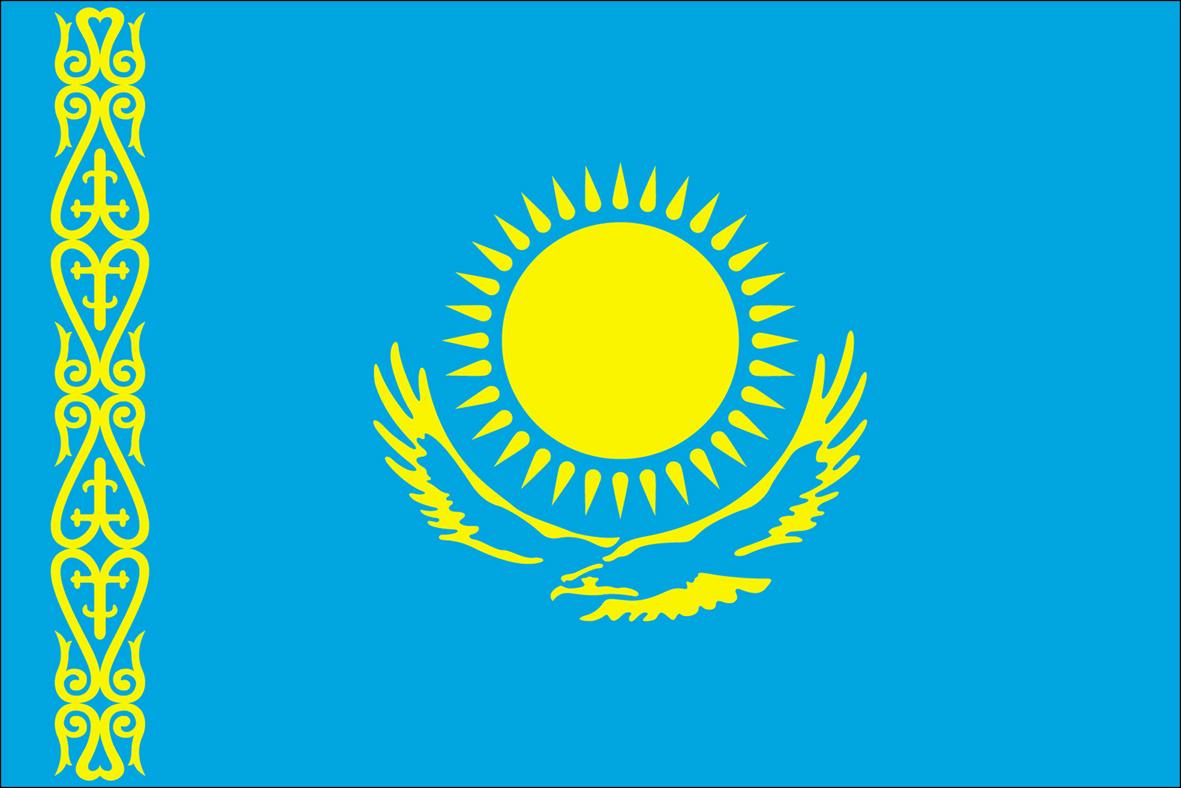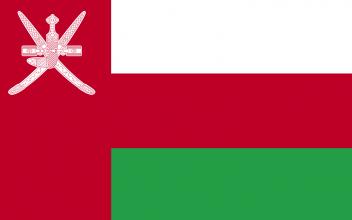The first explorers who travelled the Silk Route found it a difficult and hazardous journey, across the mountains, deserts and steppes of Central Asia. There are many different routes, skirting a variety of countries and these all came to be used to transport goods, both to the east and the west. The eastern starting point was the Chinese city of Xi’an, and various routes continued as far as Turkey, Greece and Italy.
The expedition of Zhang Qian in 138 BC is considered to be the foundation of the first ‘Silk Road’. On his return to Han China, his most important achievement was to demonstrate the possibility for safe travel far to the west. From these beginnings developed interactions with civilizations across Asia and consequently the exchange of goods, especially of China’s most precious commodity, silk. The Romans, the Parthians and the Kushans all engaged in this trade.
Silk Route trade became increasingly popular with European merchants from the thirteenth century onwards. The Route’s very nature changed as navigators found ways of trading directly with producers in the Far East, cutting out the ‘middlemen’ of merchants who had traversed different parts of Central Asia.
Political stability was important in keeping a flourishing trade along the Silk Roads and in regulating the goods traded. The collapse of the Chinese Han Empire in the third century AD and the Roman Empire in the fourth and fifth centuries disrupted trade by making these regions unsafe for travel. Other powers took over their role, most notably the Sassanid Empire in Western Asia and the Sogdians further east, under whose administration the Silk Roads thrived once more.
The voyages of medieval merchants to the Far East provided fuel for exotic stories about their travels on their return. The earliest account dates from the fourth century BC, and includes many fabulous stories, whilst much later, in the thirteenth century, the explorer Marco Polo was also widely disbelieved with regard to his stories of the East. This element of mystery also helped to make eastern goods very fashionable in seventeenth and eighteenth century Europe.
The business of trade was demanding on the merchants who underwent the journey, whether by land or sea. Over land, the nature of the terrain and its suitability for travel on camel or horseback determined the trajectory of passing traders. By sea, developments were continually being made to ships and to the instruments used for navigation, and all merchants took measures to accurately record the merchandise they carried with them.
From the Renaissance onwards, European countries began to engage themselves more actively in trade. Technological advances permitted European sailors to navigate new routes to the east, and the advent of the Industrial Revolution accelerated this process. By the mid-nineteenth century, European goods were being imported into China and Japan.
The Spice Routes are the vast web of trading networks that connect the Far East with the Mediterranean, covering more than 15,000 kilometers of land and sea travel. Traders bought and sold goods from port to port, and some of the most valuable and desirable on the market were spices, emanating originally from Indonesia, southern China, India, Sri Lanka, and in particular, the Spice Islands in the Pacific Ocean, and on demand throughout Asia and Europe.
The breakthrough by the Portuguese navigator, Vasco da Gama, to the East in 1499 opened up for the first time the prospect of European control of the Silk and Spice Routes. Their established hegemony over the trade routes was not challenged until the end of the sixteenth century, when Dutch and English forces became a threat.
Trade covered progressively greater distances as technologies became more advanced, allowing merchants to travel not only locally but across great stretches of land and sea. The Malay Peninsula and the Indonesia Archipelago lie between the Indian Ocean and the China Seas, and therefore have always been extremely important points along the trade routes.




